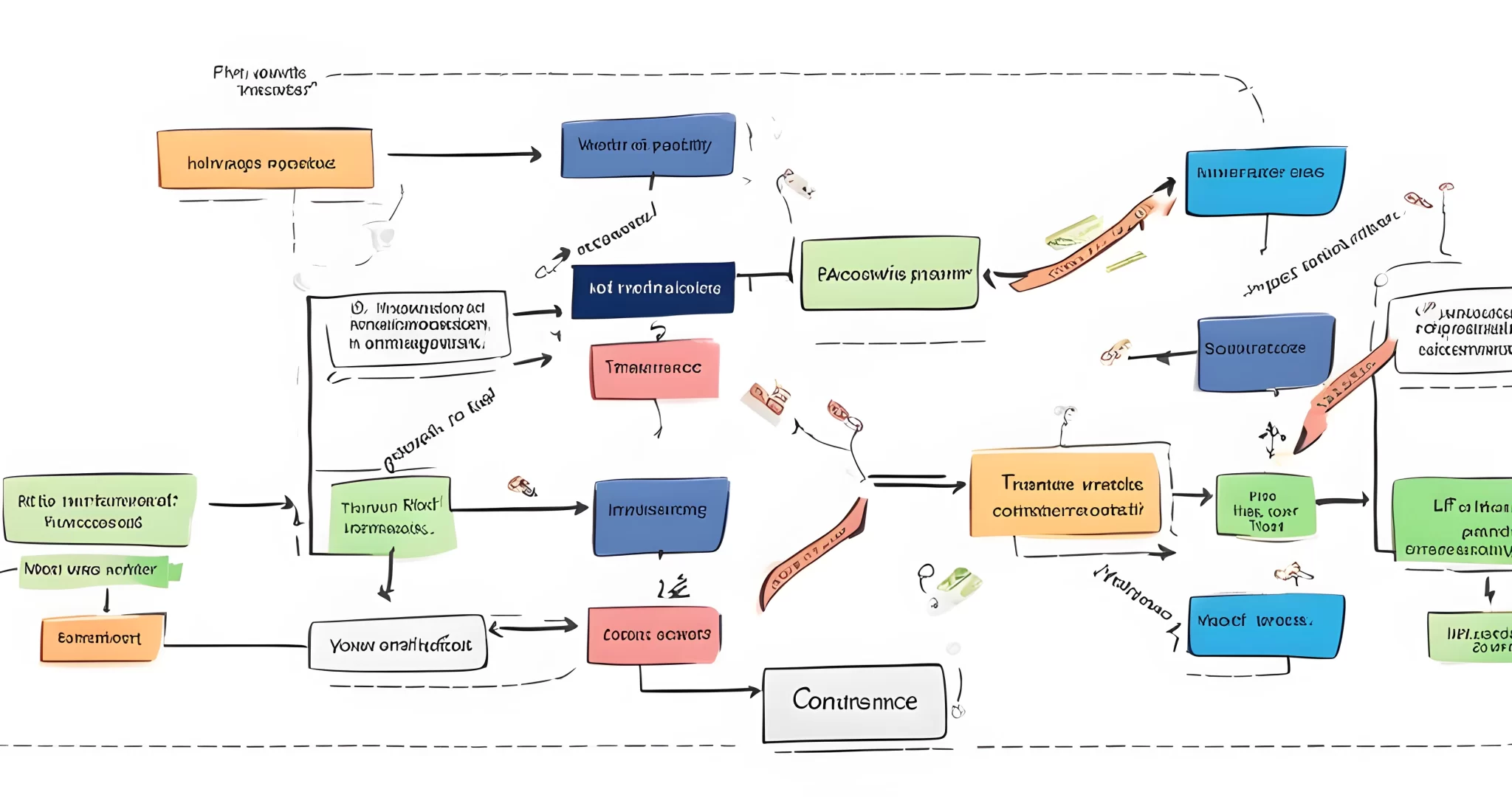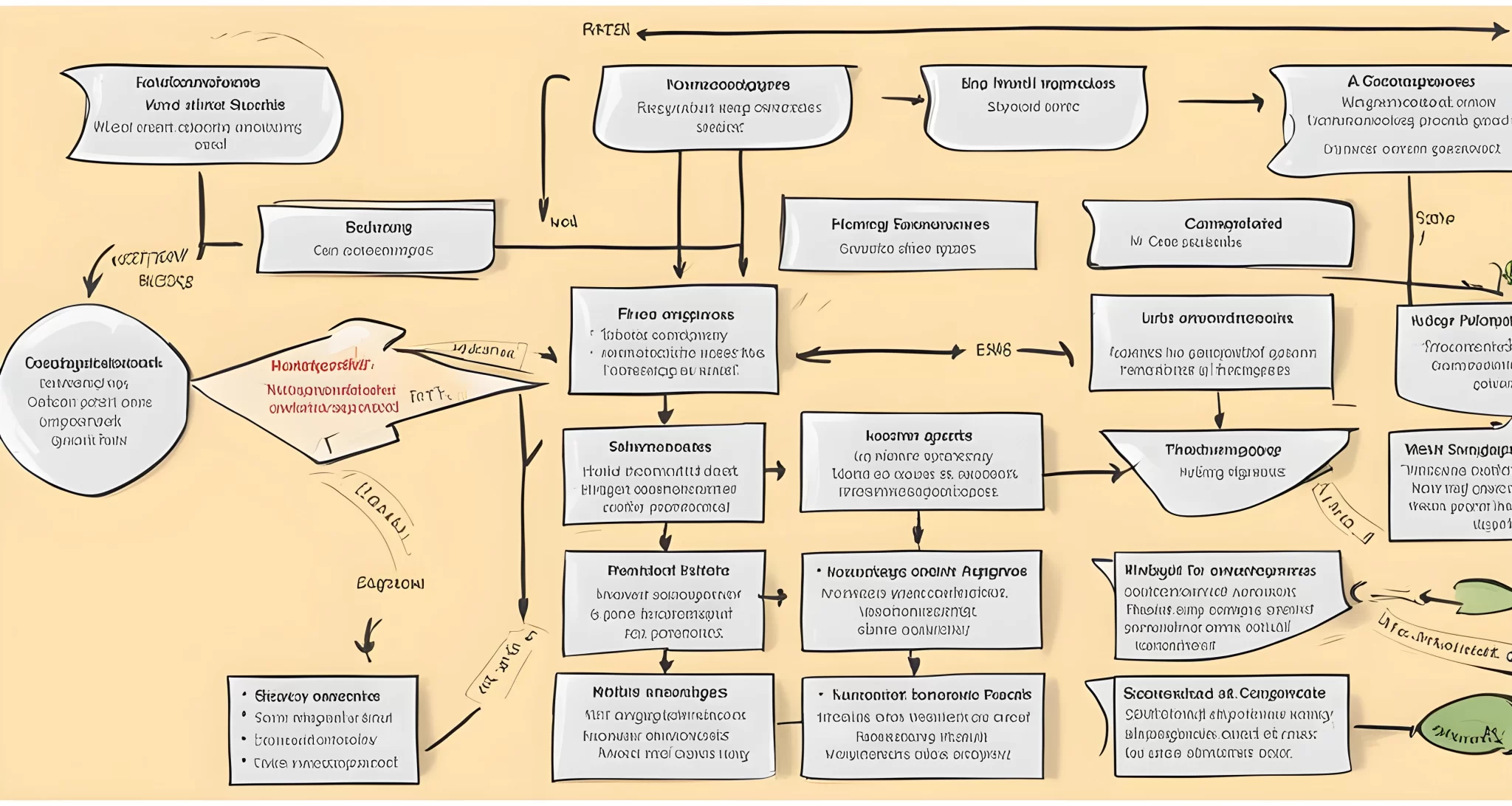Introduction to Risk Management
Effective risk management strategies are crucial for businesses to mitigate potential threats and protect their assets, reputation, and customer satisfaction. A risk management strategy is a dedicated plan that outlines how an organization will handle risks, both proactively and in response to incidents. It provides stakeholders with a clear understanding of the risks the organization faces and how they will be addressed.
In today’s dynamic business environment, the need for effective risk management has never been greater. Businesses are constantly exposed to a wide range of risks, including financial, operational, and strategic risks. Without a well-defined risk management strategy in place, organizations are vulnerable to unforeseen events that can have a significant impact on their bottom line.
To effectively manage these risks, businesses must adopt a proactive approach that involves identifying potential threats and implementing measures to mitigate them. This can include utilizing risk acceptance, transference, avoidance, and reduction strategies Instruments risk strategy. By understanding the different options available, businesses can tailor their risk management approach to suit their unique needs and circumstances.
Furthermore, an effective risk management strategy provides organizations with a competitive advantage. By effectively managing risks, businesses are better positioned to capitalize on opportunities and navigate challenges more effectively. This not only enhances their resilience but also instills confidence in stakeholders, including customers, investors, and employees.
In summary, an effective risk management strategy is essential for businesses to thrive in today’s complex business landscape. By proactively addressing potential threats and vulnerabilities, organizations can safeguard their interests and create a secure foundation for long-term success. In the following sections of this article, we will explore various risk management strategies in detail to provide a comprehensive understanding of how businesses can protect themselves from potential risks.

Risk Acceptance
Risk Acceptance is a key strategy in effective risk management. This approach involves accepting a risk without taking any action to mitigate it. It is suitable when the cost of mitigating the risk is higher than the cost of the risk itself.
In the context of business growth, organizations may choose to accept certain risks that are deemed to be manageable and within their risk tolerance. For example, a company may decide to accept the risk of entering a new market with potentially high competition, as the potential benefits of expansion outweigh the risks involved.
However, it’s important to note that accepting a risk does not mean ignoring it. Instead, it requires the organization to be prepared to deal with the risk if it occurs. This may involve having contingency plans in place or setting aside resources to address any negative outcomes that may arise.
For instance, a business that decides to accept the risk of investing in a new technology may also allocate resources for training employees and developing alternative plans in case the technology does not meet expectations.
It’s essential for organizations to carefully assess and evaluate risks before deciding to accept them, as overlooking potential consequences can have detrimental effects on business operations and growth.
To understand more about how businesses can effectively address risks in their growth strategies, read Safeguarding Business Expansion.
In summary, while Risk Acceptance can be a viable strategy for certain risks, it is crucial for organizations to have a thorough understanding of the potential impact and be prepared to address any negative outcomes should they occur.

Risk Transference
In the world of risk management, organizations often face the challenge of dealing with risks that are beyond their control. This is where the concept of risk transference comes into play. In this approach, the risk is transferred to an external party who will assume the risk on behalf of the organization. This can be done through contracts, insurance, or other means.
When an organization transfers its risk, it does not mean that the risk ceases to exist. Instead, the responsibility for managing and mitigating that risk shifts from the organization to the external party. For example, a company may choose to transfer the risk of financial loss due to a natural disaster by purchasing a comprehensive insurance policy Effective consulting risk oversight. In this case, if a disaster were to occur, the financial burden would be shouldered by the insurance company rather than the organization itself.
Another common method of risk transference is through contractual agreements. For example, when a company outsources certain business functions to a third-party vendor, it may include specific clauses in the contract that transfer certain risks associated with those functions to the vendor. This way, if something were to go wrong, the vendor would be responsible for managing and mitigating the associated risks.
By transferring risks to external parties, organizations can focus on their core operations without having to worry about every potential threat that may arise. While this approach does not eliminate risks, it provides a level of protection and peace of mind for organizations.
Overall, risk transference is an important strategy in effective risk management. By leveraging contracts, insurance, and other means, organizations can shift responsibility for certain risks to external parties while still acknowledging their existence. This allows organizations to focus on their core objectives while mitigating potential threats.

Risk Avoidance
Risk Avoidance:
Risk avoidance is a strategy in risk management that involves eliminating the risk by not taking any action that would allow the risk to occur. It is considered the most effective way to manage a risk, as it completely eliminates the potential for negative consequences. However, it may not always be possible or practical to avoid every risk.
When a company or individual chooses to avoid a certain risk, they are essentially opting out of any activity or decision that could potentially lead to that risk. For example, if a business decides not to enter a new market due to potential regulatory risks, they are effectively avoiding the risk altogether.
While risk avoidance may seem like the ideal solution, it’s important to note that it is not always feasible. In some cases, avoiding a particular risk may mean missing out on valuable opportunities for growth or innovation Strategy for Managing Risks. Additionally, some risks may be inherent in certain industries or activities, making avoidance impossible.
For businesses and individuals, the key is to carefully assess each risk and determine whether avoidance is a viable option. In some cases, it may be more practical to pursue other risk management strategies such as acceptance, transference, or reduction.
Overall, while risk avoidance is the most effective way to manage a risk, it may not always be achievable. Understanding when and how to apply this strategy is essential for effective risk management. By carefully evaluating each risk and considering the potential impact of avoidance, organizations and individuals can make informed decisions about how best to mitigate potential threats.

Risk Reduction
Risk Reduction is a crucial strategy in effective risk management. This approach aims to minimize the impact of a risk by implementing measures to reduce its likelihood or severity. By identifying potential risks and taking proactive steps to mitigate them, businesses can safeguard their operations and improve their overall resilience.
Importance of Risk Reduction
Implementing risk reduction strategies is essential for businesses to protect their assets, finances, and reputation. By identifying potential risks and taking proactive steps to mitigate them, businesses can safeguard their operations and improve their overall resilience. This approach not only helps in avoiding potential financial losses but also in maintaining a positive brand image and customer trust.
Implementing Risk Reduction Measures
There are several ways businesses can implement risk reduction measures. These may include:
- Conducting thorough risk assessments to identify potential threats and vulnerabilities.
- Implementing robust security measures to protect against cyber threats and data breaches.
- Investing in employee training to ensure they are equipped to handle potential risks effectively.
- Diversifying investments to reduce the impact of market fluctuations on financial portfolios.
- Developing and implementing contingency plans to minimize the impact of unforeseen events.
Link to Successful Portfolio Risk Management
For businesses looking for additional tips on effective risk management, the article Successful Portfolio Risk Management provides valuable insights into managing risks within investment portfolios. This resource offers practical advice on diversifying investments, monitoring market trends, and making informed decisions to reduce the impact of market volatility on financial portfolios.
By incorporating risk reduction strategies into their overall risk management approach, businesses can proactively address potential threats and vulnerabilities, ultimately enhancing their ability to navigate challenges and achieve long-term success.
FAQ
What is risk acceptance?
Risk acceptance is a strategy that involves accepting a risk without taking any action to mitigate it, suitable when the cost of mitigating the risk is higher than the cost of the risk itself.
How does risk transference work?
Risk transference involves transferring the risk to an external party who will assume the risk on behalf of the organization, typically done through contracts, insurance, or other means.
What is risk avoidance?
Risk avoidance is a strategy that involves eliminating the risk by not taking any action that would allow the risk to occur, the most effective way to manage a risk.
What is risk reduction?
Risk reduction is a strategy that aims to minimize the impact of a risk by implementing measures to reduce its likelihood or severity.
